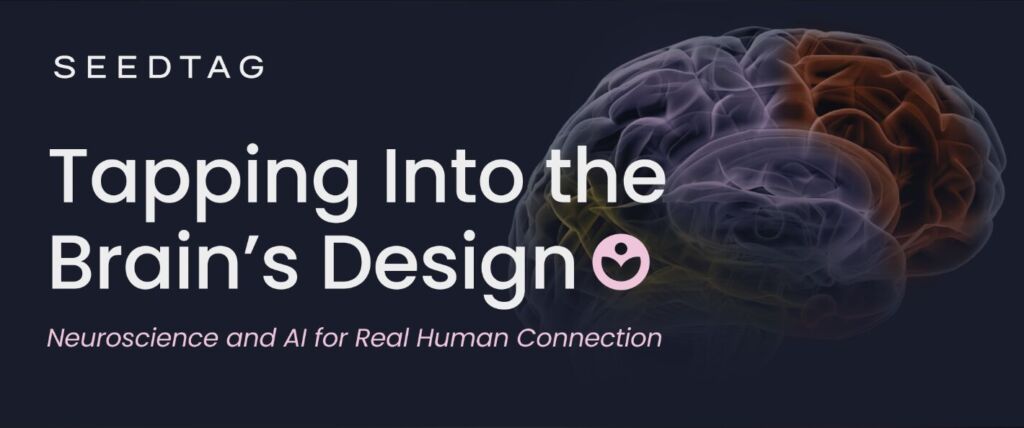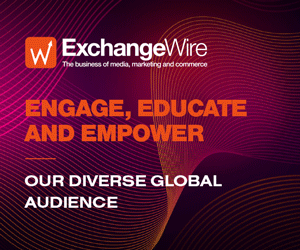Seedtag Releases First-of-its-Kind Neuroscience Study Redefining Human-Centred Advertising Effectiveness
by on 19th Nov 2025 in News

Seedtag, the global neuro-contextual advertising company, announced today (19th November, 2025) the results of a first-of-its-kind neuroscience study, conducted in partnership with Professor Moran Cerf, a leading neuroscientist at Columbia University.
The research shows that neuro-contextual ads deliver 3.5x higher neural engagement than non-contextual ads - and 30% higher than standard IAB contextual ads. Amid a backdrop of traditional targeting methods becoming less reliable and attention harder to win, the findings give the industry a validated framework for driving meaningful engagement in a privacy-first future.
The study findings showed that neuro-contextual placements significantly outperformed the other formats, driving:
- 3.5x higher neural engagement vs. non-contextual ads
- +30% lift in neural engagement vs. standard contextual ads
- +26% increase in positive, action-driving emotional response
- Mobile neuro-contextual ads drive higher attention
- Sustained focus with no fatigue effect, even after multiple exposures
For brands and media planners, the findings indicate that advertising effectiveness is strongest when ads are matched to an article’s dominant interest, intent, and emotional tone. The research suggests that planning decisions grounded in emotional and cognitive signals - rather than surface-level categories or keywords - can improve audience receptivity and reduce cognitive friction. Neuro-contextual alignment provides a way to identify moments when audiences are naturally more open to engagement, allowing media investment to be guided by measurable indicators of attention and emotional resonance rather than inferred behavioural profiles.
"This research validates what we’ve known instinctively: that relevance is about human connection," said Brian Gleason, CEO of Seedtag. "By combining neuroscience and AI, we can reach people in moments when they’re most receptive, leveraging advertising that feels natural, meaningful, and emotionally resonant without relying on personal data."
The study also found that neuro-contextual ads increase left-side alpha brain activity, which governs emotions that drive engagement, generating a 26% increase in positive, approach-oriented emotions over standard contextual ads. The effect was notably stronger with neuro-contextually-aligned ads designed to evoke emotions of trust, excitement and approval, key drivers of consumer action. It also revealed mobile as the strongest driver of attention. Mobile’s personal, close-range viewing context enhances cognitive focus, amplifying the impact of neuro-contextual ads.
"The findings demonstrate that Neuro-contextual intelligence isn’t just an innovation - it's a preview of where the entire advertising ecosystem is headed," Marko Johns, UK managing director at Seedtag. "As regulations increasingly tighten and reliance on personal data becomes even more restricted, the industry needs solutions that deliver performance without compromising privacy. Neuro-contextual targeting is emerging as one of the strongest proof points that this shift is not only possible, but powerful."
"Brain alignment is the currency of great content," said Professor Moran Cerf of Columbia University. "This study proves that when the emotion of an ad matches the emotion of its environment, the brain works less and remembers more. Neuro-contextual advertising is just more human."
Rich Miles, CEO at The Diversity Standards Collective, said: "This white paper hits home for us at The Diversity Standards Collective. When ads are built around genuine human context, emotional, cultural and cognitive, they don’t just perform better, they include people better. And right now, with the industry under more pressure than ever to be responsible and accountable, it’s powerful to see research proving we don’t have to sacrifice results to do the right thing. Neuro-contextual alignment lets us win on both fronts."
The research used electroencephalography (EEG) to measure real-time brain activity and cross-brain correlation (CBC) as participants were exposed to three ad types: neuro-contextual, standard contextual, and non-contextual. The objective of the study was to bring a scientific framework to advertising by exploring how Neuro-Contextual alignment enhances the effectiveness of contextual targeting and elevates the overall impact.
Thanks to Seedtag’s proprietary AI, Liz, which powers neuro-contextual targeting through advanced embeddings, respondents were able to see ads that matched the emotional tone, intent and interest signals in real time across different environments. By tapping into the brain's natural design, Liz ensured ads appeared in environments that aligned with both what people care about and how they feel, enabling privacy-first precision that drives performance.
Please find the full white paper here: "Tapping Into the Brain’s Design: Neuroscience and AI for Real Human Connection.”











Follow ExchangeWire